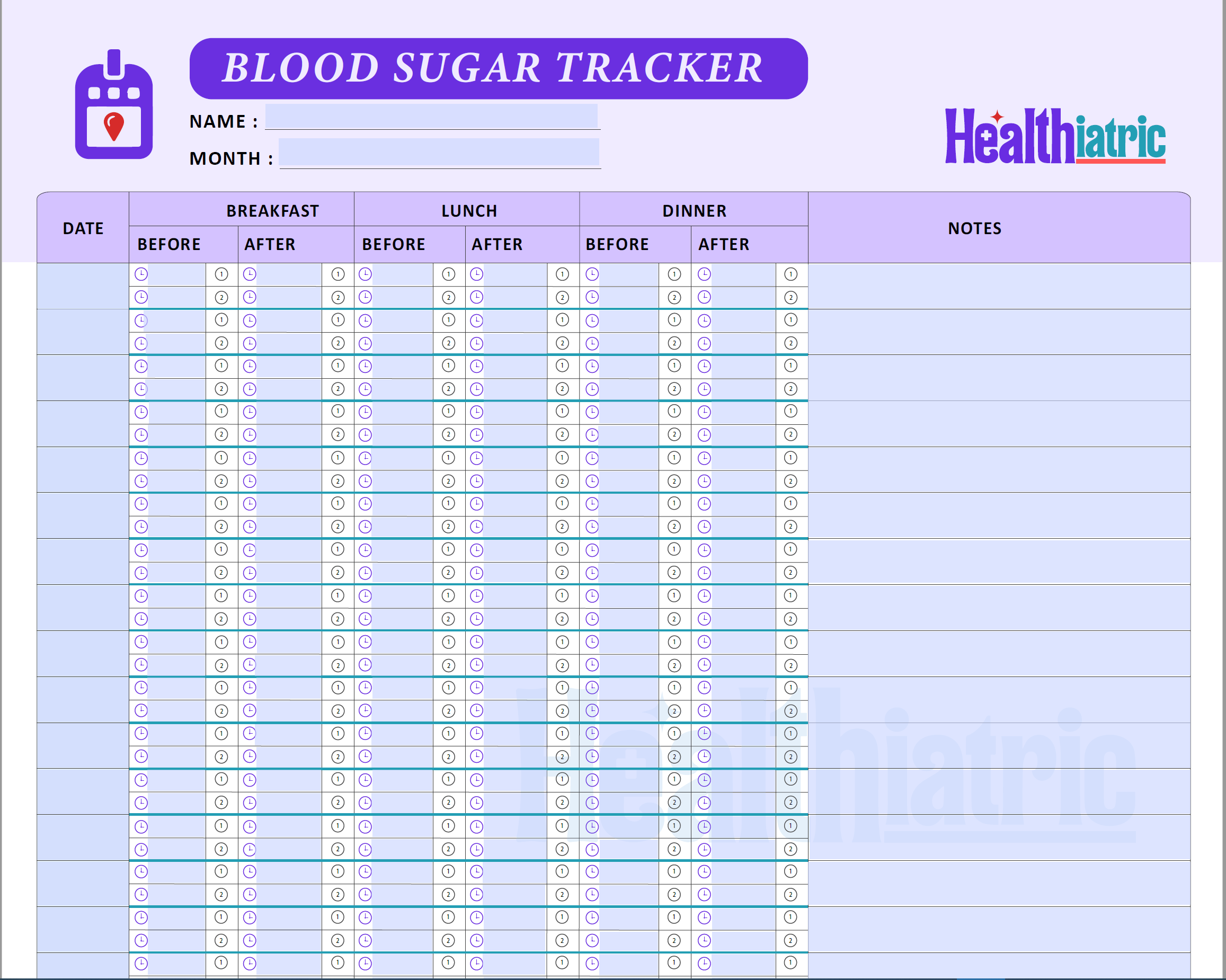
When discussing coronary artery disease, the terms “angina“ and “heart attack“ are likely to come up frequently in conversation. Some people don’t understand how different angina is different from heart attack. It is possible that they appear to be the same, since they are frequently employed in equivalent contexts. It is likely that you hear or read about them together, and as a result, it is simple to mix one with the other.
Chest pain is a symptom of both angina and heart attacks, and coronary artery disease is the underlying cause of both conditions. This is a disorder that affects the arteries in the coronary system, which are the blood vessels that carry blood to the heart. Plaque buildup inside the vessels causes them to narrow, which means that not as much blood can pass through them to deliver oxygen or nutrients to the heart muscle. This can lead to a variety of cardiac conditions.
- Angina causes chest pain from narrowed arteries but doesn’t always damage the heart.
- Stable angina is predictable, while unstable angina is unpredictable and signals an imminent heart attack.
- Prinzmetal angina results from coronary artery spasms and often occurs at rest.
- Heart attacks cause permanent heart muscle damage, while angina symptoms usually resolve with rest.
- Angina can warn of heart disease, prompting lifestyle and medical changes.
- Unstable angina indicates a high risk of heart attack and needs urgent medical care.
- Angina symptoms can vary widely and may be mistaken for other issues.
What is Angina Attack?
Feelings of discomfort in the chest that come and go are something you experience sometimes. It’s possible that you’re suffering from angina. Angina pectoris and even a heart attack are both possible consequences that could arise from an excessive buildup of cholesterol in the blood.
Both events are caused by an accumulation of cholesterol. Plaques can accumulate gradually over time or suddenly burst, which can cause the creation of a blood clot that can either partially (which can cause angina) or completely (which can result in a heart attack or myocardial infarction) clog the artery.
In this article, you will learn more about the many types of angina, as well as the difference between angina and a heart attack.
How Different are Angina Attacks From Heart Attacks?
Pain in the chest, often known as angina, is a condition that can feel very much like a heart attack. A medical condition known as a heart attack occurs when inadequate blood supply causes damage to the heart muscle.
When your heart doesn’t get enough blood, it can cause angina (also known as angina pectoris). This makes your chest hurt a lot and can also make your shoulders, arms, and neck ache. If this keeps going on for a while, it could mess up your heart muscle real bad and cause a heart attack.
What Blocks Blood Flow in The Vessels?
So basically, when you’ve got a bunch of cholesterol build up in your blood vessels, it can make it harder for blood to get to your heart muscle. And that’s what can cause angina or a heart attack. You know, sometimes these plaques grow really slow, and other times they just tear or pop, and then a blood clot shows up and makes the artery all narrow, which can cause angina
Sometimes, angina or a heart attack can happen for reasons other than cholesterol build-up. Like when the artery spasms, or there’s an embolus in the coronary artery, or a problem with the heart valve, or the microvasculature doesn’t open up enough when the heart is working hard and needs more oxygen.
What Is Stable Angina?
Sometimes, you might get stable angina. Stable Angina is the most common type of angina pectoris. Most people who suffer from this ailment have coronary artery disease. It happens when your coronary arteries are blocked. So basically, if you’re doing anything that requires more blood and oxygen, like walking or going up stairs, you might feel some chest pain from stable angina.
So, stable angina might make you feel some pressure or heaviness in your chest and some pain in your jaw, neck, arms, and/or back. If you take a break or use nitrate meds like nitroglycerin tablets, your chest pain and other symptoms should go away pretty quickly.
When Does Stable Angina Mean You Might Have Heart Attack?
If your pain ain’t getting better or you’re experiencing new or worse symptoms, it’s probably a good idea to hit up a doctor as soon as possible. This is the point that stable angina is moving towards heart attack. By getting enough rest and taking your medicine, you should be able to get some relief from your angina and improve your overall health. It is imperative that you get immediate medical help if you experience acute or unexpected angina as this could be a precursor to a heart attack.
What is Unstable Angina?
So, if you ever experience sudden chest pain that feels unexpected, you should definitely seek emergency medical care because it could be unstable angina. This pain doesn’t get better with rest or meds ‘cause it’s from a blood clot or a totally blocked coronary artery. Also, unstable angina can happen anytime, whether you’re working out or just relaxing.
Chest discomfort that comes on suddenly and frequently gets worse in a relatively short amount of time characterizes unstable Angina. If the chest pain becomes more severe, becomes more frequent, or occurs with less activity or while you are resting, you may be developing unstable angina, which is a more serious form of the condition.
Difference Between Stable and Unstable angina
Angina that is stable follows a predictable pattern. Most of the time, rest and medication are helpful. However, unstable angina that is difficult to control poses the most risk. It does not adhere to any pattern and can occur even in the absence of any kind of physical effort.
What is Prinzmetal Angina?
This type of angina is not very common and mostly affects people in their younger age. This condition arises when the coronary arteries get constricted.
Therefore, the spasm occurs. Some major risk factors are:
- Stress
- Smoking and doing coke
- Being in the cold.
Angina and heart attacks can occur for a number of reasons, the most common of which are a spasm in the artery, a blockage in the coronary artery, a problem with the heart valve, or a failure of the tiny blood capillaries in the heart to open up enough when the heart is working hard and need more oxygen.
Symptoms of Prinzmetal Angina
The symptoms of Prinzmetal angina are distinct from those of other forms of angina because they manifest when you are at rest, most frequently throughout the night. The discomfort is terrible, but the medications make it bearable.
If you are suffering this type of angina, it may show that you are at an increased risk for a heart attack or for some abnormal heart rhythms such as atrial fibrillation. However, in most cases, it may be managed with medication and by avoiding the triggers that cause it.
How Does Angina Attack Feel Like?
The most important thing is to be aware of the warning signals of angina or a heart attack and to get treatment as you recognize it.
It’s possible that you’ll feel a heavy pressure in the center of your chest, and it might spread to your neck or your left arm. You might have problems taking a deep breath.
However, the symptoms might vary from person to person and can feel like discomfort in the stomach or jaw, pain in the left or right shoulder, or even just a feeling of being short of breath and unhappy overall.
Angina is a potentially dangerous condition that could be present if you experience chest pain that is brought on by activity but disappears when you stop doing that activity.
It’s a red flag if you’ve been experiencing the same symptom for more than ten to fifteen minutes at a stretch without a break. Because it is possible that the individual is experiencing a heart attack, you should immediately head to the nearest hospital.
Why is Early Diagnosis of Angina Important?
It is of the utmost significance that you obtain a proper checkup for your angina. This is due to a number of different factors. Before a heart attack occurs, your doctor has to determine whether or not there is a questionable problem that needs to be fixed.
If it’s not a significant concern, then they need to get you started on the appropriate medications and make changes to your lifestyle. This would alleviate your symptoms and prevent the plaques from getting worse. If the patient and the doctor work together, you could be able to reduce the size of those plaques over time.
Takeaway
Heart attack and angina are not the same thing, despite the fact that they are comparable in the aforementioned respects. Now you must have understood how different is angina from heart attack. So basically, angina is when you get really bad chest pain that can also spread to your shoulders, arms, and neck because your heart isn’t getting enough blood.
If this goes on for too long, it can mess up your heart muscle permanently and that’s a heart attack. It’s just like the difference between a TIA (transient ischemic attack) and a stroke. With a TIA, the blood supply to the brain gets messed up and there’s temporary neurologic issues. But with a stroke, part of the brain gets messed up for good.
You Might Also Like
-
heena256 17 Min
Herbal Remedies: 11 Effective Herbs for Anxiety and Sleep
-
heena256 18 Min
10 Powerful Herbs for Sexual Drive
-
heena256 11 Min
What Is Heart Arrhythmia: Causes, Types, Diagnosis, And Treatment
-
heena256 7 Min
Unlocking the Heart’s Health: Top 7 Prescribed Heart Medications
-
admin 7 Min
Understanding Aortic Stenosis: The Silent Killer




